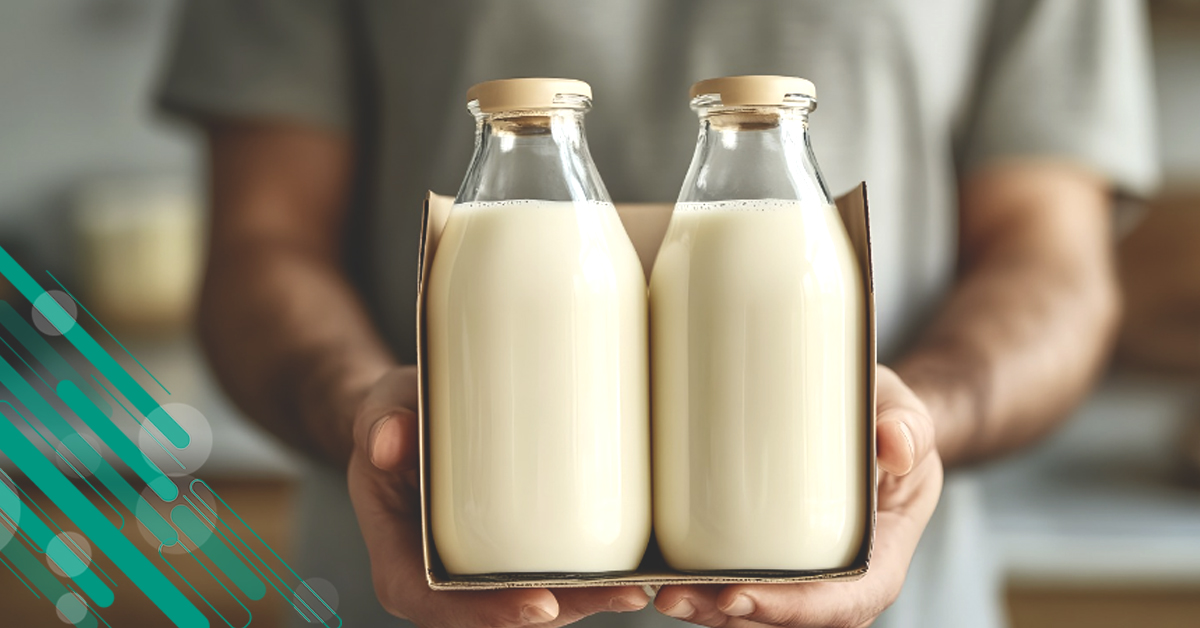Saffron: Known as "red gold" due to its high cost, which can reach €10,000 per kilo. It comes from the stigmas of the Crocus sativus flower, harvested strictly by hand. The process is long and laborious: it takes around 150,000 flowers to produce just one kilo. Originally from Iran, saffron is now also cultivated in Spain and Italy, where it is used in dishes like risotto alla milanese and paella.
Bourbon Vanilla from Madagascar: Bourbon vanilla is one of the most prized and aromatic varieties, originating from the island of Réunion (formerly Bourbon) and now mainly grown in Madagascar. Ideal climate conditions and a lengthy natural fermentation process make vanilla extremely expensive. It is used in both desserts and perfumes, and its intense aroma is appreciated worldwide.
Cardamom: Considered the "king of spices," cardamom is primarily cultivated in India, Sri Lanka, and Guatemala. There are two main varieties: green cardamom and black cardamom. The former is more common and has a sweet, floral aroma, while the latter has smoky, earthy notes. This spice is essential in both sweet and savory dishes, as well as in many beverages like chai tea.
Timut Pepper: Native to Nepal, it is a variant of Sichuan pepper. Unlike traditional black pepper, it has a citrusy aroma with grapefruit notes and a sparkling, spicy flavor. It is used in Asian and gourmet cuisine to flavor meat, fish, and desserts.
Kampot Pepper: Another highly prized pepper, considered one of the best in the world. It comes from the Cambodian region of Kampot, from which it takes its name. Its cultivation follows traditional and organic methods, and its flavor ranges from sweet and fruity (black pepper) to delicate and floral (white pepper). It is highly appreciated by Michelin-starred chefs and used in both savory and sweet dishes.
Shiso Flowers: Also known as Perilla, these are used in Japanese cuisine for their fresh and slightly spicy flavor. They are difficult to grow and perishable, making them a rare and prized spice. They are used in sashimi dishes, salads, soups, or as decoration.
Mace: This is the bright red outer membrane of nutmeg. It has a more delicate and aromatic flavor compared to nutmeg itself. Originating from the Moluccas in Indonesia, it is used in desserts, meats, and sauces. Its high price is due to the complex manual separation process from nutmeg.










